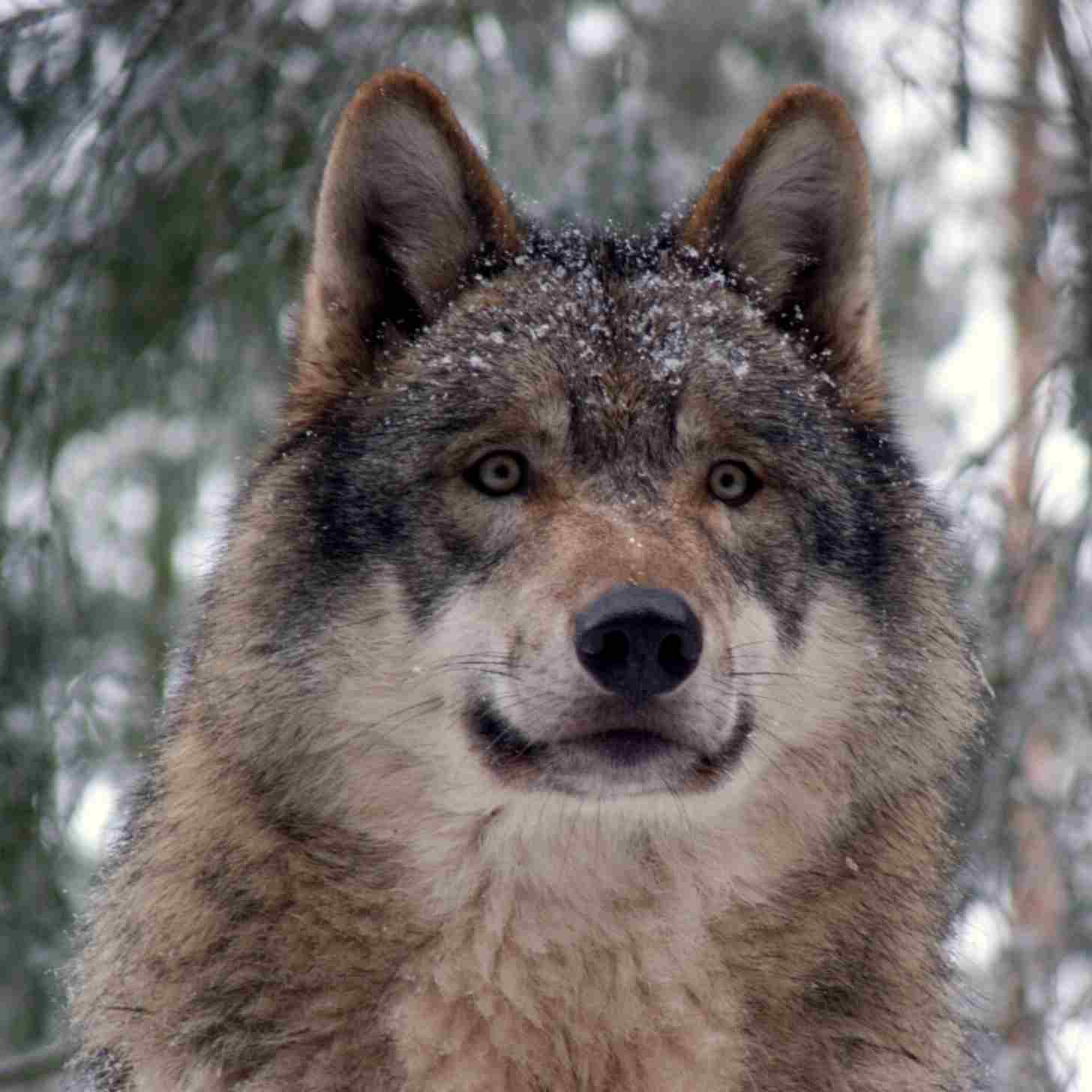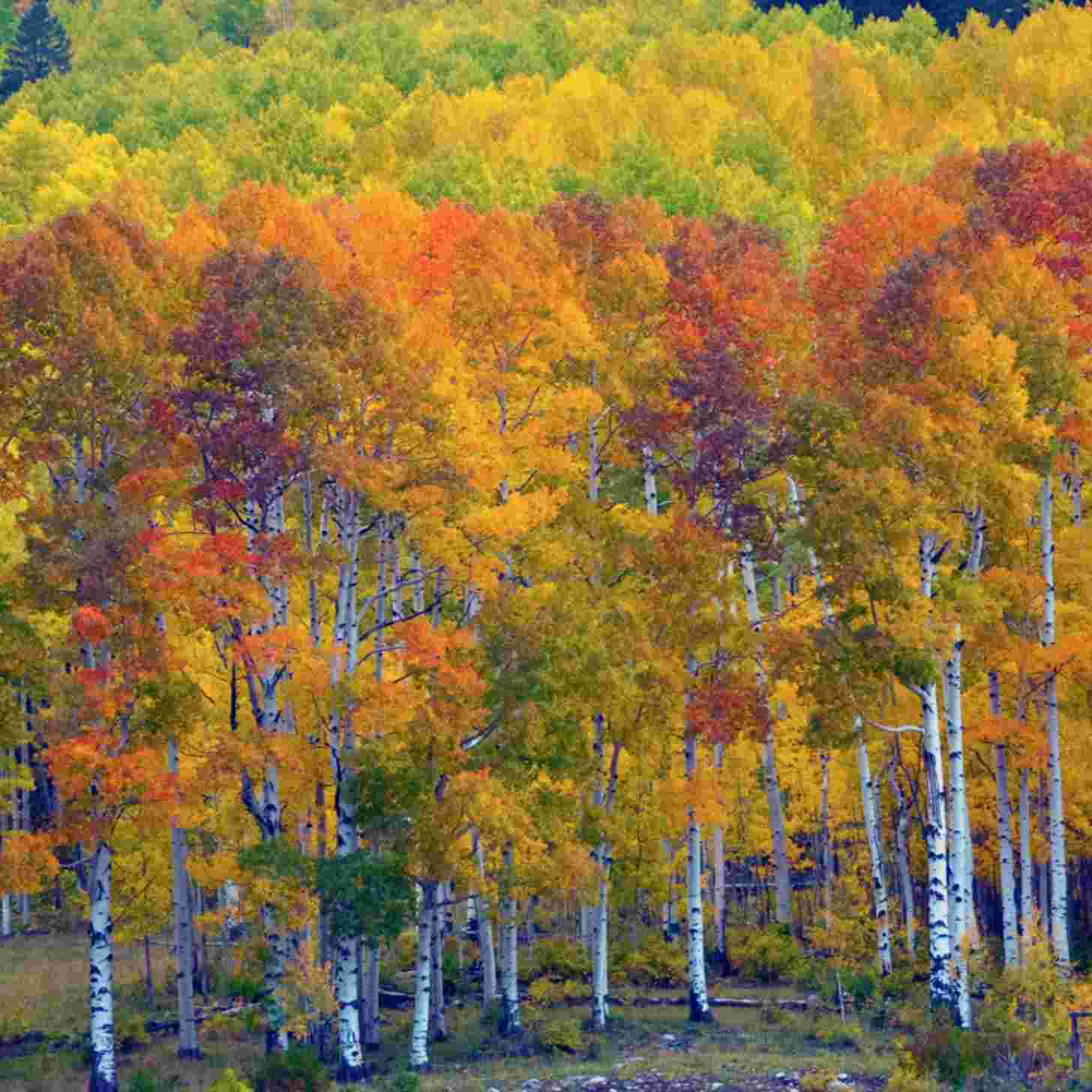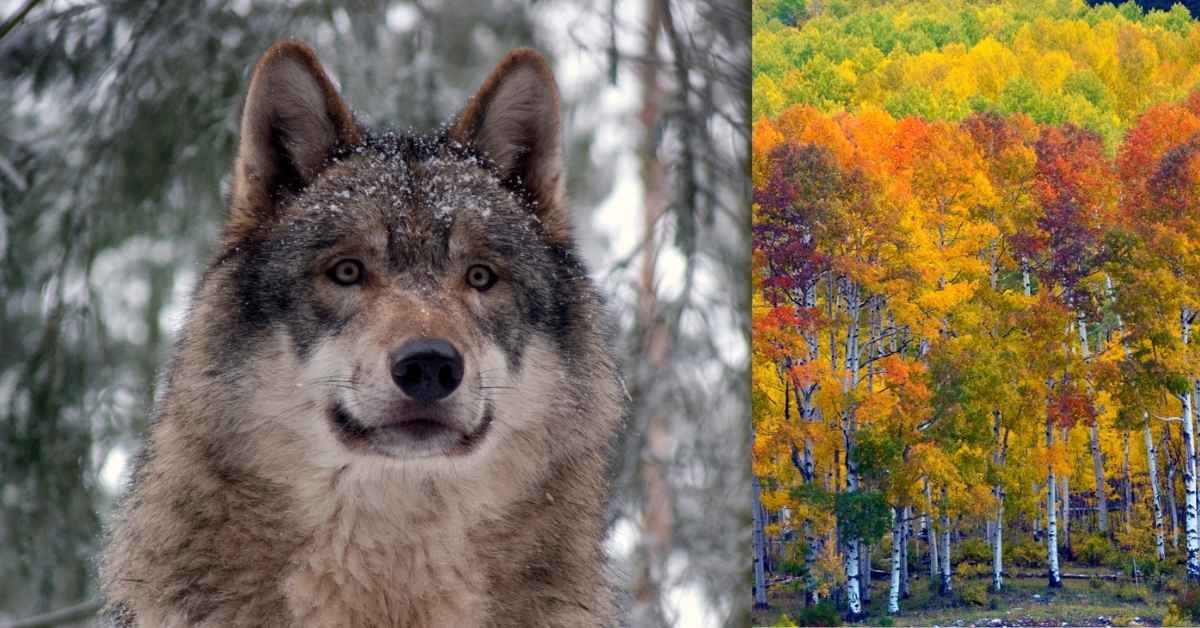On January 12, 1995, a truck passed under the stone gateway of the Roosevelt Arch in Yellowstone National Park with precious cargo in tow: eight gray wolves from Alberta, Canada.
As they were released into the park’s 2.2 million acres of wilderness, they became the first wolves to set foot in Wyoming since they had been hunted to the brink of extinction in the 1930s.
In the wolves’ 60-year absence, the Rocky Mountain elk population grew wildly out of control, grazing on trees and undergrowth and obliterating the natural landscape in the process.
In fact, by the 1990s, not a single quaking aspen tree sapling could be found.
Although the reintroduction of gray wolves to the region was — and is — controversial in the eyes of local ranchers, ecologists predicted that their return would bring balance back to Yellowstone.
And now, 30 years later, researchers from Oregon State University’s College of Agricultural Sciences have found just how crucial gray wolves have been in bringing aspens back.
“The reintroduction of large carnivores has initiated a recovery process that had been shut down for decades,” Luke Painter, the study’s lead author, told Oregon State University.
“About a third of the 87 aspen stands we examined had large numbers of tall saplings throughout, a remarkable change from the 1990s when surveys found none at all.”
“This is a remarkable case of ecological restoration,” Painter added. “Wolf reintroduction is yielding long-term ecological changes contributing to increased biodiversity and habitat diversity.”
The report, which was published in Forest Ecology and Management, records evidence of the first new generation of overstory (or mature) aspen trees in Yellowstone’s northern range in 80 years.

“In 2020–21, we examined 87 randomly selected, previously sampled aspen stands across northern Yellowstone, combining random plots with stand-wide observations,” Painter and his colleague wrote in their paper.
“Forty-three percent of stands contained a new cohort of small trees, the first documented recruitment of overstory aspen trees in northern Yellowstone since the 1940s.”
That’s not to say that the saplings are immune to grazing herbivores. As elk have declined in numbers, the park’s local population of bison has continued grazing on the trees in the decades since.

Still, Painter, who teaches ecology and conservation in the OSU College of Agricultural Sciences, told Live Science that this research holds a lot of promise for the future of aspens.
“It doesn’t mean that they’re not going to get killed or die from something, but it’s a pretty good indication that we’re getting some new trees,” Painter explained. “As they get bigger, they get more resilient.”
And as the aspens continue to flourish, Painter said, the rest of the park will benefit too.
“Aspen are a key species for biodiversity,” he explained. “The canopy is more open than it is with conifers and you get filtering light that creates a habitat that supports a lot of diversity of plants.”
You may also like: Ethiopian wolf becomes first large predator to feed on nectar, shedding light on one of 'world’s most-threatened carnivores'
Header images via Gunnar Ries (CC BY-SA 3.0) / John Fowler (CC BY 2.0)



